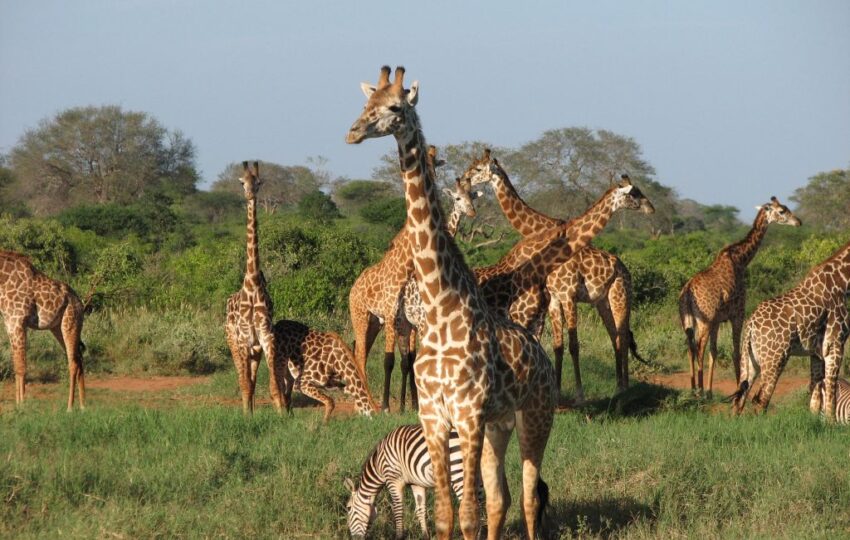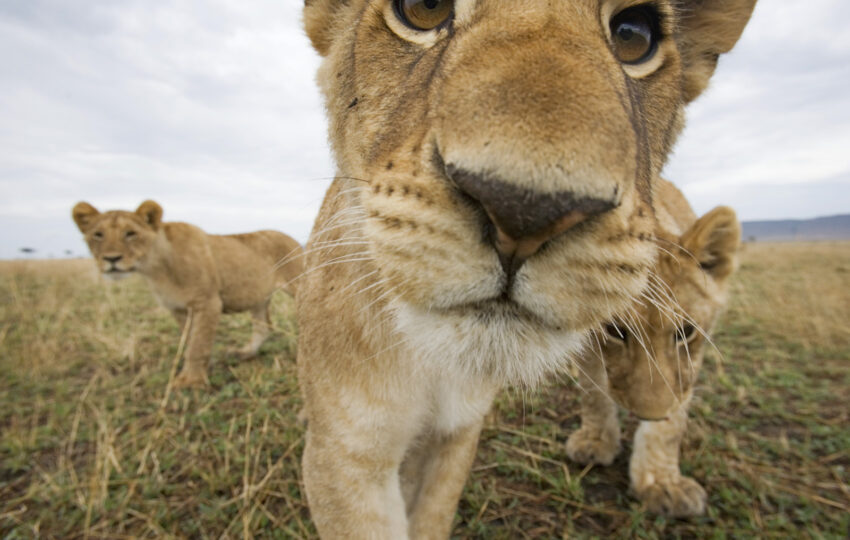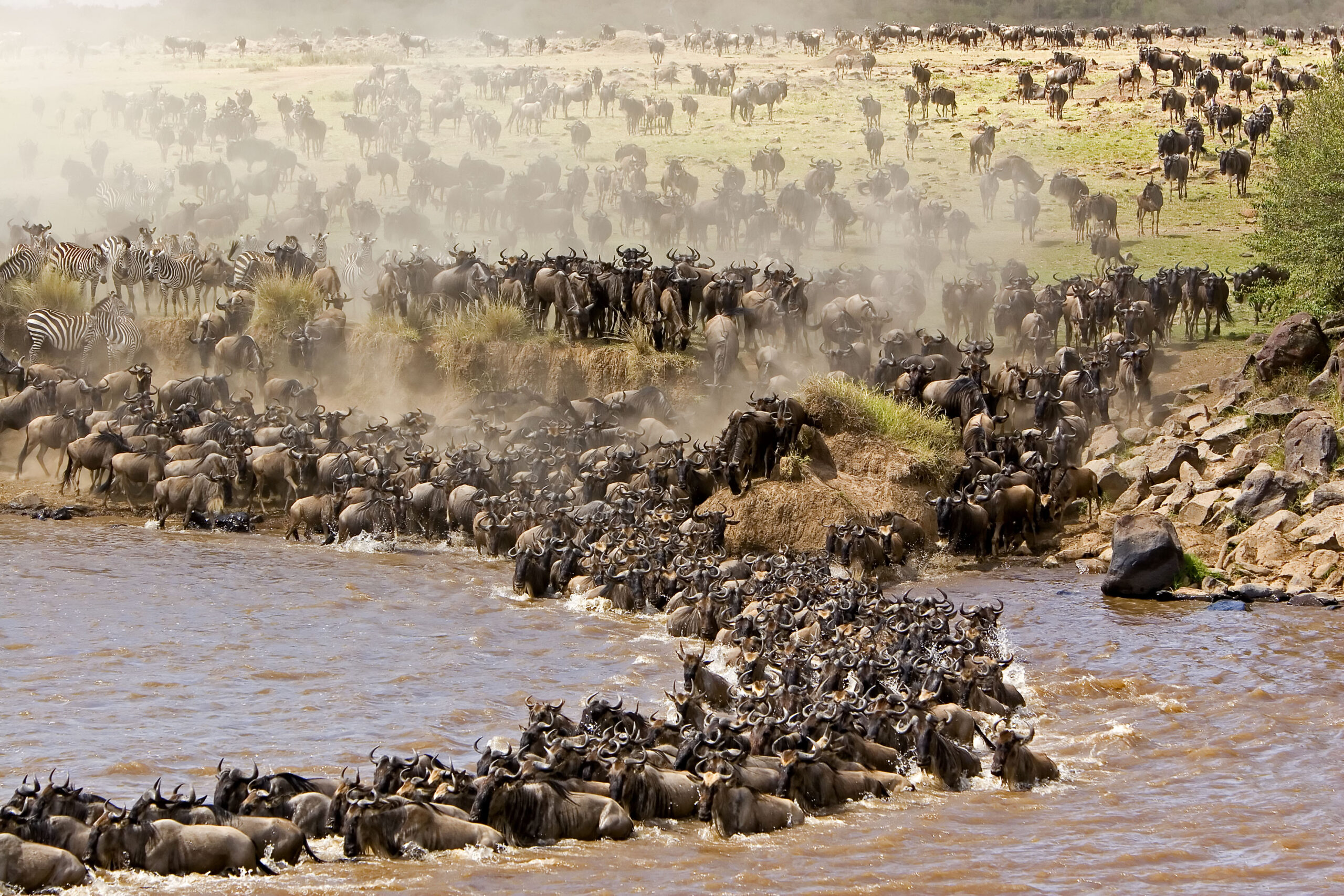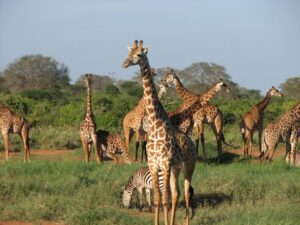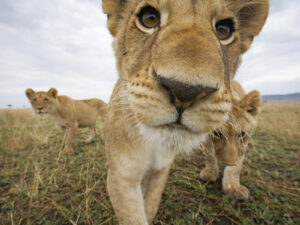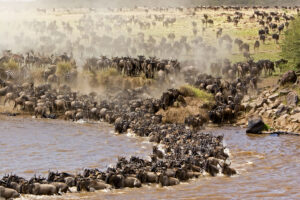Bird watching
The Masai Mara Game Reserve is a great place for bird watching enthusiasts, with 485 species of birds recorded in the area. some of these birds include the Crowned Crane, Marabou Stork, Wattled Plover, Black Bastard, White Headed Vulture, Jackson’s Weaver-bird, Ostrich, Tawny Eagle, Nubian Vulture, Lilac Breasted Roller and the Superb Starling
Hot Air Ballooning
For a completely different perspective of the game, try a balloon safari. From your lofty viewpoint up in the sky (usually around 100m high), you have a fantastic view of the plains below, and the animals that inhabit it.
Night Game Drives
It is totally different to a day time safari where you see animals like Lion, Elephant, hippos out of water, Dik-Dik, Bat Eared Fox, Scrub Hare, the strange Spring Hare which looks like a kangaroo when it jumps, Impala, Thomson’s Gazelle, a large herd of Giraffe including six or so babies, lots of hyenas, jackals, Topi and Wildebeest.
Exceptional Lion sightings qt Masai Mara Game Reserve
Masai Mara Game Reserve’s black-maned lions are reputed to be the largest and most impressive in Africa, and have been the subject of numerous books and documentary films.
You will carry this experience with you forever. With that knowledge we are always hard at work to ensure that you carry only positives: we work on pricing to keep it competitive; we offer advice to ensure you have the best holiday due to insider knowledge; we work with the best hotels so as to ensure the safari is explorative and relaxing. Let us plan your next adventure.
Work with us because
- We want to give you the best safari
- We have done this for 10 years
- We have contacts all over Africa
- We get the best rates at hotels
- We have a bunch of happy customers

